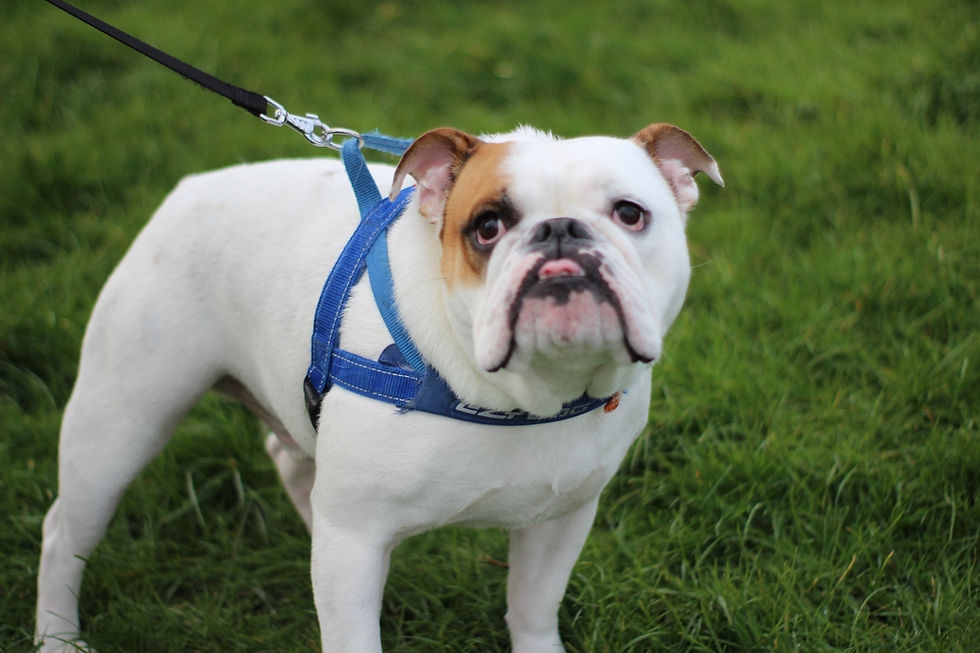It’s a dog’s life: Unexpected side effects of Corona
- Greg Richards

- Feb 21, 2022
- 3 min read
Do you find it increasingly challenging to avoid steaming piles of dog pooh? Do you have the feeling that dogs are barking more than they used to?
You are not alone. Apparently in all corners of the world the pandemic led to an increased need for company, and therefore a growing number of household pets. In Spain, for example, the number of cats and dogs grew by 44% between 2019 and 2021. Although pet ownership had been growing before the pandemic, the growth between 2017 and 2019 was only 17%. This shows that the pandemic was responsible for a significant boost in pet ownership in Spain, but the growth trend is set to continue. This is because of structural demographic trends in Spain: every year there are less kids and more senior citizens living alone. The new pets are therefore filling the void left by absent people – a trend exacerbated by the pandemic.
In the United States the pet boom was particularly prominent: around 47 million new pets were purchased in 2020, and 10 million of those were dogs. The trend towards more pets also picked up pace during the pandemic: 6% of consumers indicated they had purchased a new pet in June 2020, but this had grown to 14% in November 2021.

A study of “Pandemic Puppies” in the UK analysed pets were purchased between March and December 2020, and compared these with pets bought in 2019. The results showed that pandemic purchasers were more likely to be first-time dog owners with children. They were particularly likely to pay a deposit without seeing the puppy, and to collect their puppy from outside the breeders’ property, which may indicate a desire to avoid social contact during the pandemic. They were also more likely to pay over £2000 for a puppy, compared with 2019 buyers. 40% of owners felt their puppy purchase was directly influenced by the pandemic, most commonly because they had more time to care for a dog. The problem is that looking after dogs is much more difficult as the pandemic winds down and people have to go back to the office.
This will all lead to more spending on pets (long considered an element of leisure spending in the UK), in terms of services such as boarding, grooming, insurance, training, pet sitting and pet walking. Pet spending in the US was forecast to grow by 3.4% in 2021, in contrast to a fall of 3.5% in American GDP. The growth in pet ownership has fuelled a boom in demand for day care and holiday accommodation for pets. Vet bills are also likely to rise, particularly as demand exceeds supply. “The pet population essentially doubled in a year, but the veterinarian population did not. Now we’re trying to play catch-up.”
Other challenges are becoming evident. For example, there is now a shortage of some dog and cat food products in the UK. In the Netherlands, farmers are asking for a ban on dog walking in some nature reserves, because the increased volume of dog pooh is seen as potential cause of environmental damage. Belgian researchers have indeed concluded that nature zones which receive a lot of canine visitors are indeed damaged.
The message is clear. The pandemic will have a lot of unexpected future effects. Including in the short term a wave of abandoned ‘coronadogs’ or ‘pandemic puppies’ as people return to the office. The general increase in pet ownership will not just fuel a growth in pet-related spending, but also a growing carbon footprint for our animal friends. Expect also more barking. Apparently dogs purchased in times of corona are more used to having their owners around – so they will also be more likely to suffer from behavioural problems, and bouts of barking for attention, as the pandemic winds down.




Comments